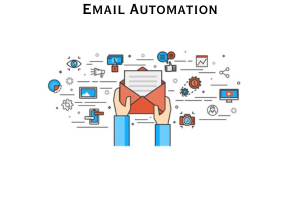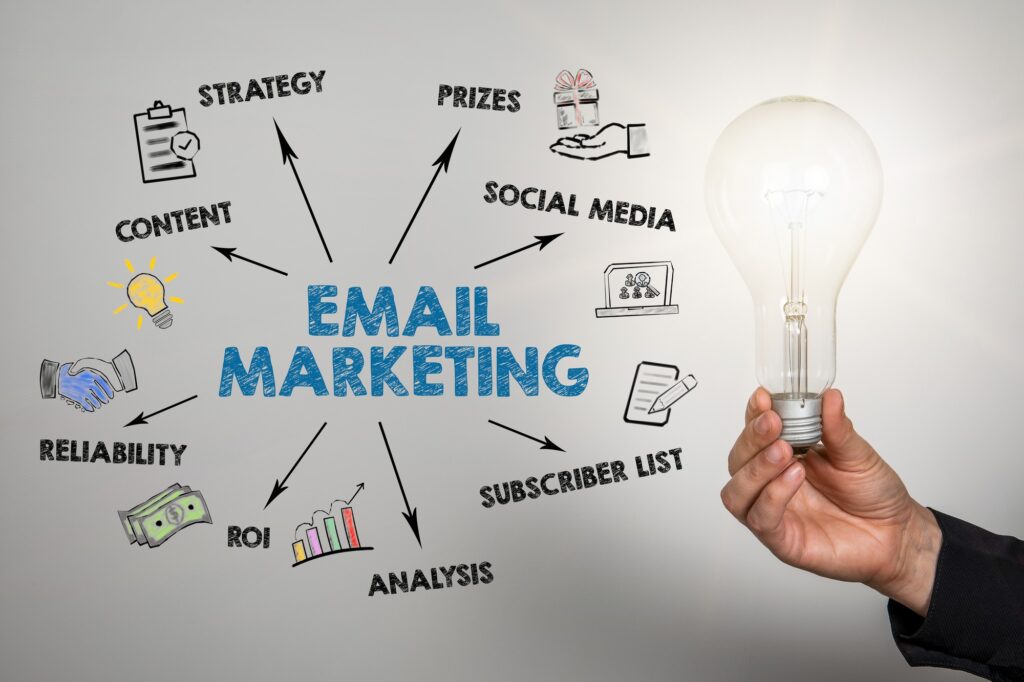Email automation and sequencing refer to the process of automating the sending of emails to a specific audience in a predefined sequence or series. This approach allows businesses and individuals to streamline their email communication, nurture leads, and engage with their subscribers in a more efficient and targeted manner. It is commonly used in email marketing and sales efforts to automate follow-ups, deliver content, and build relationships with prospects and customers.
Here’s a general overview of email automation and sequencing:
- Email Automation Tools: To implement email automation and sequencing, you’ll need an email marketing platform or marketing automation software. One can also do an Email Marketing Automation Course to gain good knowledge on the same. Some popular options include Mailchimp, HubSpot, ActiveCampaign, and Drip. These tools provide features and functionality to create and manage automated email campaigns.
- Audience Segmentation: Before setting up email sequences, it’s essential to segment your audience based on relevant criteria such as demographics, interests, behavior, or purchase history. This allows you to tailor your email content and sequencing for different groups of recipients.
- Define Goals and Objectives: Determine the goals and objectives of your email sequences. For example, you might want to nurture leads, onboard new customers, promote a product or service, or re-engage inactive subscribers. Clear objectives help you structure your email sequences effectively.
- Sequence Planning: Plan the flow and content of your email sequences. Consider the number of emails in the sequence, the time intervals between them, and the purpose of each email. A typical sequence might include a welcome email, educational content, promotional offers, reminders, and a call to action.
- Personalization and Customization: Personalize your emails based on recipient data or behaviors. Address recipients by their names, reference previous interactions, and offer tailored recommendations or content. Personalization helps improve engagement and makes the emails feel more relevant and valuable.
- Trigger-Based Automation: Set up triggers or conditions that activate email sequences. Triggers can be actions taken by subscribers, such as signing up for a newsletter, making a purchase, or abandoning a shopping cart. Based on these triggers, specific email sequences are initiated to deliver relevant content or follow-ups.
- Testing and Optimization: Regularly test different elements of your email sequences, such as subject lines, email content, calls to action, and timing. Analyze metrics like open rates, click-through rates, and conversions to optimize your sequences and improve their effectiveness.
- Compliance and Unsubscribes: Ensure compliance with email marketing regulations, such as including an unsubscribe link in your emails and honoring unsubscribe requests promptly. Respect your recipients’ preferences and provide an easy way to manage their subscription settings.
Remember, effective email automation and sequencing require a balance between automation and personalization. Tailor your emails to suit the needs and preferences of your audience, and continuously monitor and refine your strategies for better engagement and results. All this can be further enhanced by doing a Digital marketing course in Bangalore



